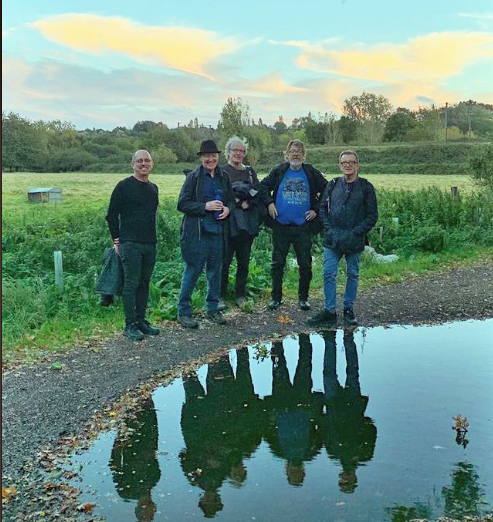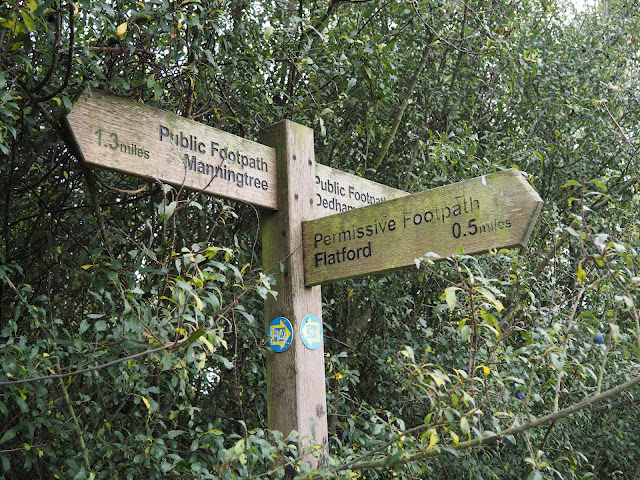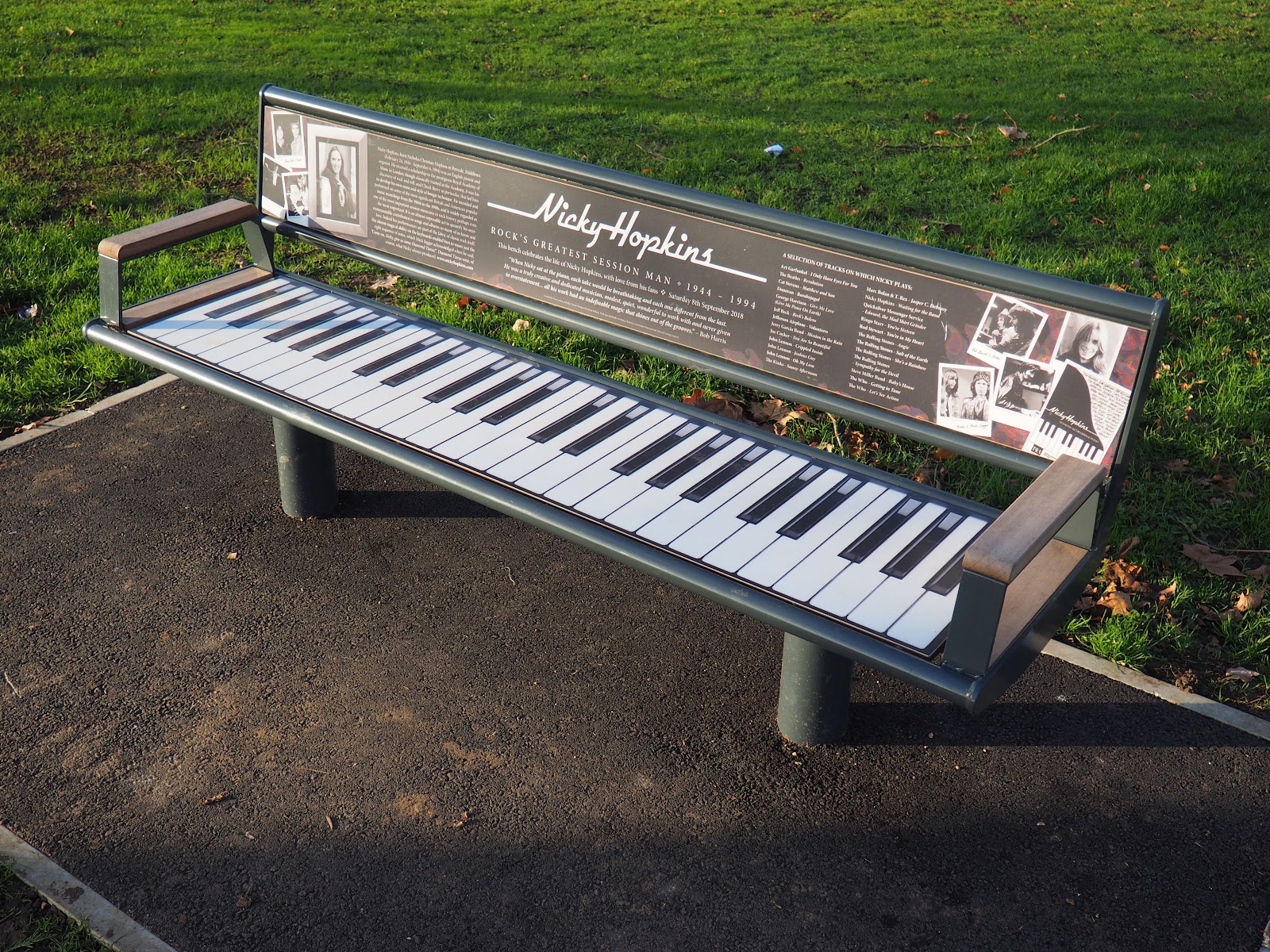I was thinking about the viability of my ‘walking in gardens’ project, and how to make it interesting, when I had an idea. Since walking in gardens is a low key, low intensity activity, I reckoned that what was needed was some added rigour.
I wondered how it would be if, instead of just wandering around a garden, going wherever your feet and your eyes take you, you went to a somewhat well-known location, say the RHS garden at Hyde Hall, in Essex, set over 360 acres of more or less rolling hills, and made your walking schematic. Now obviously there are different kinds of scheme and rigour that could be applied but I thought I’d begin simply enough, by walking systematically down every single path in the garden. Fortunately there was a map.
I’d been to Hyde Hall before and found one or two favourite spots; the Dry Garden and the Winter Garden especially, but this was no time to back favourites. As far as the walk was concerned one place was as good as any other, the Rose Garden, the Global Growth Vegetable Garden, Sky Meadow, the Queen Mother’s Garden, the Floral Fantasia, the Sky Meadow, and so on, all had to be treated as equals as I walked the paths.
My trusty amanuensis and I started in a section known as the Birch Grove and there was a rather poetic introductory sign that included the words, ‘Meandering paths immerse you in an airy woodland, dappled and cool in the summer sun.’
In fact it was autumn, but even so that sign set me thinking: here it's the path that meanders, not the walker. And I wondered if you walked rapidly along a meandering path could you still be said to meander? I admit it isn’t one of life’s greatest questions.
And so we walked. And inevitably we walked in places we might otherwise not have. I’m sure, for example, I’d have avoided the Children’s Play Area and yet there was the Grand Bug and Pest Hotel.
Who’d have thought there were fans of Wes Anderson at the RHS?
We covered the ground and the paths. NB - that isn't us in the picture above. There were no Keep Off The Grass signs and occasionally we did stray off the path. There were also one or two desire lines and you might well ask whether a desire line can be construed as a path, and I’d say it probably can, though I wouldn’t fight about it, and in any case we avoided them: the desire lines not taken.
To be honest I think by the end, as our resolve faltered, we may have missed a few short stretches of path but for a first expedition it wasn’t too bad.
There were others walking too. As a cross section of British society it was hardly representative but as a snapshot of the kind of people who like to walk in gardens it was probably typical – mostly older, mostly couples, mostly though not exclusively white, a few parents and children, some of the kids looking bored, others looking dangerously excited. Nobody else seemed to be walking rigorously.

And somewhere in the course of the walk I started to wonder whether this could be considered a form of psychogeography. And you know, after deep reflection, I do believe it could. Debord says psychogeography is ‘the study of the precise laws and specific effects of the geographical environment, consciously organized or not, on the emotions and behavior of individuals.’ And heck, a garden of any size is full of varying geographic elements and full of specific (and sometimes vague or downright ambiguous) effects, as you move from one part to another. At Hyde Hall the ‘feel’ of the Birch Grove was very different from that of the Dry Garden, the Floral Fantasia was very different from the Global Growth Vegetable Garden. So hell yes, walking in gardens may be considered a form of psychogeography. Whether this makes my walking in gardens project any more viable, remains to be seen.






















































